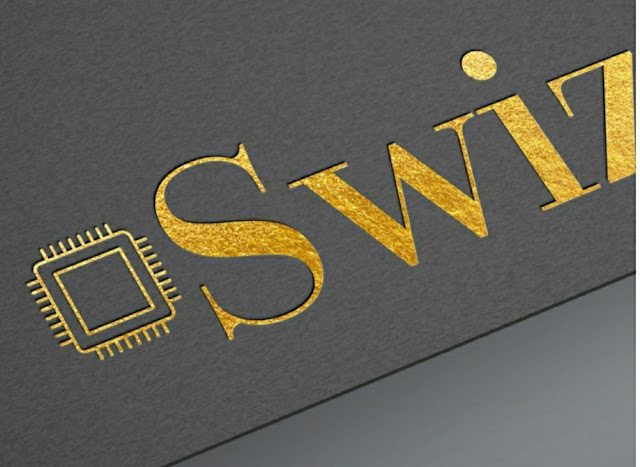WAVES
1. INTRODUCTION
In this topic we will study about the waves. A material medium provides such an example. Here, elastic forces bind the constituents to each other and, therefore, the motion of one affects that of the other. If you drop a little pebble in a pond of still water, the water surface gets disturbed. The disturbance does not remain confined to one place, but propagates outward along
a circle. If you continue dropping pebbles in the pond, you see circles rapidly moving outward from the point where the water surface is disturbed. It gives a feeling as if the water is moving outward from the point of disturbance. If you put some cork pieces on the disturbed surface, it is seen that
the cork pieces move up and down but do not move away from the centre of
disturbance. This shows that the water
disturbance. This shows that the water
mass does not flow outward with the circles, but rather a moving disturbance is created. Similarly, when we speak, the sound moves outward from us, without any flow of air
from one part of the medium to another. The disturbances produced in air are much less obvious and only our ears or a microphone can detect them. These pattern, which move without the actual physical transfer or flow of matter as a whole, are called waves. In this Chapter, we will study such waves.
Waves transport energy and the pattern of disturbance has information that propagate from one point to another. All our communications essentially depend on transmission of signals through waves. Speech means production of sound waves in air and hearing amounts to their detection. Often, communication involves different kinds of waves. For example, sound waves may be first converted into an electric cur-
rent signal which in turn may generate an electromagnetic wave that may be transmitted by an optical cable or via a satellite. Detection of the original signal will usu-
ally involve these steps in reverse order.
Not all waves require a medium for their
propagation. We know that light waves can
travel through vacuum. The light emitted by
stars, which are hundreds of light years away,
reaches us through inter-stellar space, which is practically a vacuum.
The most familiar type of waves such as waves
on a string, water waves, sound waves, seismic waves, etc. is the so-called mechanical waves. These waves require a medium for propagation, they cannot propagate through vacuum. They
involve oscillations of constituent particles and
depend on the elastic properties of the medium. The electromagnetic waves are a different type of wave. Electromagnetic waves do not necessarily require
a medium - they can travel through vacuum.
Light, radio waves, X-rays, are all electromagnetic
waves.
2. TRANSVERSE AND LONGITUDINAL
WAVES
The waves considered above, transverse or
longitudinal, are travelling or progressive waves
since they travel from one part of the medium to another. The material medium as a whole does not move, as already noted. A stream, for example, constitutes motion of water as a whole. In a water wave, it is the disturbance that moves, not water as a whole. Likewise a wind (motion of air as a whole) should not be confused with a
sound wave which is a propagation of
disturbance (in pressure density) in air, without
the motion of air medium as a whole. In transverse waves, the particle motion is normal to the direction of propagation of the wave. Therefore, as the wave propagates, each element of the medium undergoes a shearing strain. Transverse waves can, therefore, be
propagated only in those media, which can
sustain shearing stress, such as solids and not
in fluids. Fluids, as well as, solids can sustain compressive strain; therefore, longitudinal waves can be propagated in all elastic media.For example, in medium like steel, both transverse and longitudinal waves can propagate, while air can sustain only longitudinal waves. The waves on the surface of water are of two kinds: capillary waves and gravity waves. The former are ripples of fairly short wavelength—not
more than a few centimetre—and the restoring force that produces them is the surface tension of water. Gravity waves have wavelengths typically ranging from several metres to several hundred meters. The restoring force that produces these
more than a few centimetre—and the restoring force that produces them is the surface tension of water. Gravity waves have wavelengths typically ranging from several metres to several hundred meters. The restoring force that produces these
waves is the pull of gravity, which tends to keep
the water surface at its lowest level. The oscillations of the particles in these waves are not confined to the surface only, but extend with diminishing amplitude to the very bottom. The particle motion in water waves involves a complicated motion—they not only move up and down but also back and forth. The waves in an ocean are the combination of both longitudinal
and transverse waves.
It is found that, generally, transverse and longitudinal waves travel with different speed
in the same medium.We can look at a wave in two ways. We can fix
an instant of time and picture the wave in space. This will give us the shape of the wave as a whole in space at a given instant. Another way is to fix a location i.e. fix our attention on a particular element of string and see its oscillatory motion in time. The situation for
longitudinal waves in the most familiar example of the propagation of sound waves. A long pipe filled with air has a piston at one end. A single sudden push forward and pull back of the piston will generate a pulse of condensations (higher
density) and rarefactions (lower density) in the
medium (air). If the push-pull of the piston is continuous and periodic, a wave will be generated propagating
in air along the length of the pipe. This is clearly an example of longitudinal waves.




Comments
Post a Comment